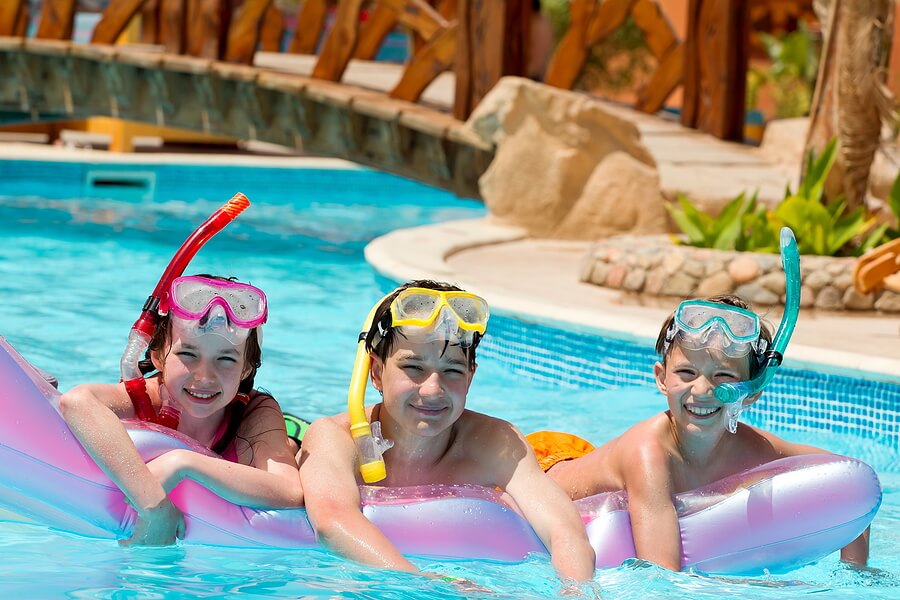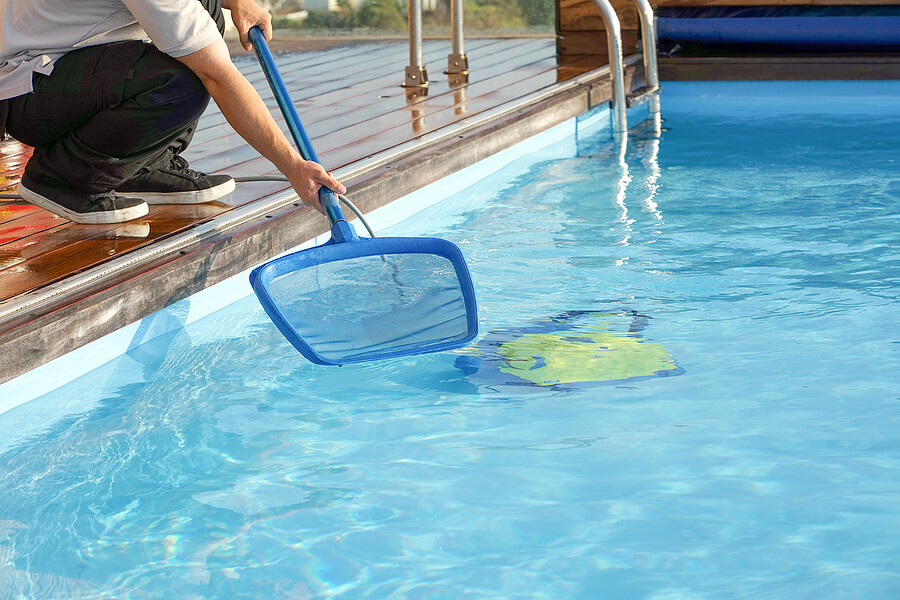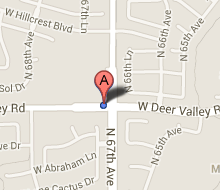Top Safety Ideas for Securing Your Pool in Northwest Valley
Securing your pool isn’t just a good idea, it’s probably required in the details of your homeowner’s insurance. While pools are a great recreational part of your yard, they also pose a safety risk for both children and pets on your property. Due to potential liability, your home insurance likely stipulates measures you must take to secure your pool.

These measures will give you peace of mind as well. Feeling constantly anxious about your family’s safety around an unsecured pool can put a damper on summer fun. Instead, secure the pool so you can pay attention to more interesting things by using gates, security covers, and pool alarms.
Gates
When gating your pool you’ll need to satisfy some requirements that will keep it safe. For instance, many insurance companies require permanent fencing rather than temporary. The locking mechanism on the gate should be childproof, as this is the main aim of adding gates around the pool.
Pool gates do not have to be ugly, chain link fences. Instead, when you work with the right team, you can design a pool enclosure that complements your outdoor space and looks like it always belonged there. With a wide variety of fence options available that keep kids and pets from sneaking through, adding a gate to your pool can not only satisfy safety requirements but also enhance your property.
Security Covers
Security pool covers are tight, secure covers that are either strapped into place or automatically roll over the pool. These are sturdy covers designed to keep people and animals from falling into the pool. While they are not solid enough to purposefully walk across, they can prevent accidental falls.
They do the work of an ordinary pool cover as well, keeping leaves and dirt out of the pool when it’s not in use and protecting liners from unnecessary UV damage. When you invest in a security cover, you protect your family and your pool.
Pool Alarms
Your eyes can’t be on the pool—or your kids and pets—every second. When you’re out of range, set a pool alarm so you know if something ends up in the water that shouldn’t be there.
Pool alarms work by sensing movement in the water or changes in water pressure. An alarm sounds loud to alert you to the disturbance. You can also find pool alarms that send you a push notification on your phone to make sure you are aware of the movement in the pool.
Work with Pink Dolphin Pool Care to secure your pool. We can assist in planning for safety features around your pool and recommend products that will work with your model. Pool safety is our top priority, and that’s why we are ready to dive in and help with your security design.
We’re here to help make your pool the clean, comfortable, relaxing feature it is meant to be instead of a dangerous hazard. Call (602) 688-7465 with questions today or to schedule pool services.








